Sample rates play an important role in determining the sound quality of digital music and sound effects. This is just as true for CDs as for other storage formats like MP3s. The sample rates supported by devices like network audio players are an important indicator for the quality of music that can be reproduced.
The following explains what sample rates are and why they are so important.
A continuous signal versus discrete bits of information
As has already been covered on this blog, sound is essentially analogue in nature, consisting of pressure waves. Any recording medium such as a vinyl LP that preserves these waves as a continuous signal is said to be analogue. Cassette tapes are also analogue.
The chief characteristic of digital technology is that it breaks a continuous signal down into discreet units or storable information. Each unit constitutes a sample of the sound at a particular time. The number of samples taken per second is called the sample rate.
As a general rule, the higher the sample rate, the more closely the original continuous signal will be reproduced. This is a bit like a pointillist painting: The finer the dots, the more realistic the image will appear.
Most people would agree that CDs offer excellent sound. This is in part due to a relatively high sample rate of 44,100 Hz, usually written as 44.1 kHz. This number indicates that 44,100 samples of a recording were taken per second.
While 44.1 kHz may seem like an awfully random number, it was not randomly chosen. Instead, it follows from the Nyquist-Shannon Sample Theorem, a mathematical formula that describes the relationship between analogue and digital sound.
According to the Nyquist-Shannon theorem, a sample rate needs to be at least twice as high as the highest frequency in the original continuous signal. But what is the highest frequency in a typical recording? Well, quadraphonic sound records can capture frequencies up to 50 kHz. If it were decided to allow a CD to capture all the frequencies an LP can record, the sample rate would have to be over 100 kHz. That’s a lot of samples which would take up a lot of room on the CD. Now consider that the human ear can only hear up to 20 kHz, and that this value is for a young, healthy person. As we age, our ability to hear, especially the upper register, diminishes. Also, many microphones used to record music cannot pick up frequencies much above 20 kHz.
Sony’s decision to use a 44.1 kHz sample rate for its CDs back in the early days of digital audio therefore makes a lot of sense. This guarantees that frequencies up to 20 kHz will be captured and allows the maximum amount of data to be included.
The 44.1 kHz CD standard is not the upper limit
While it makes sense for a physical storage medium like CDs to develop a standard sample rate that conserves space, what about digital music files? In the days of cheap storage, there appears to be little reason to limit their size. Indeed, lossless audio formats like FLAC with sample rates of 96 kHz and even 192 kHz have proliferated in recent years. These promise “better-than-CD-quality”, but the sample rate is only part of the picture.
The other variable in digital sound quality: Bit depth
The sample rate determines the frequency spectrum represented in a digital recording. However, this is only part of what constitutes sound in a digital recording. Bit depth is the variable that tells us how many pieces of information are contained in each sample. The more bits each sample contains, the better the detail and resolution the sound will have and the better the dynamic range will be — at least up to a point.
For CDs, the standard bit depth is 16. High resolution music is defined by offering a bit rate higher than CD quality, usually 24 bits per sample. While many claim to discern better sound quality with high resolution files, some argue that 44.1 kHz/ 16-bit CD quality remains the gold standard for the simple reason that after 44.1/16-bit we start to enter the realm of diminishing returns. Many tests, for instance, bear out that most listeners can distinguish between lossy MP3 files and lossless CD quality audio, especially if the sound is played back on quality speakers. The difference between CD quality and high resolution, however, is much more subtle and requires a trained ear.
The Raumfeld Connector can stream hi-res digital audio
The Raumfeld Connector network audio player can play high resolution audio files with sample rates up to 192 kHz and bit depths of 24. An integrated high-end digital-to-analogue converter from Cirrus Logic has no problem converting even these larger files into an analogue signal. An integrated Wi-Fi module allows the Connector to stream audio for playback on your current speaker system. Thanks to a recent Chromecast built-in integration, the range of audio that can be streamed to a Connector-attached system has been greatly expanded. The result is the ultimate combination of quality and selection from a single device. The Connector is also completely compatible with the Raumfeld multiroom system.
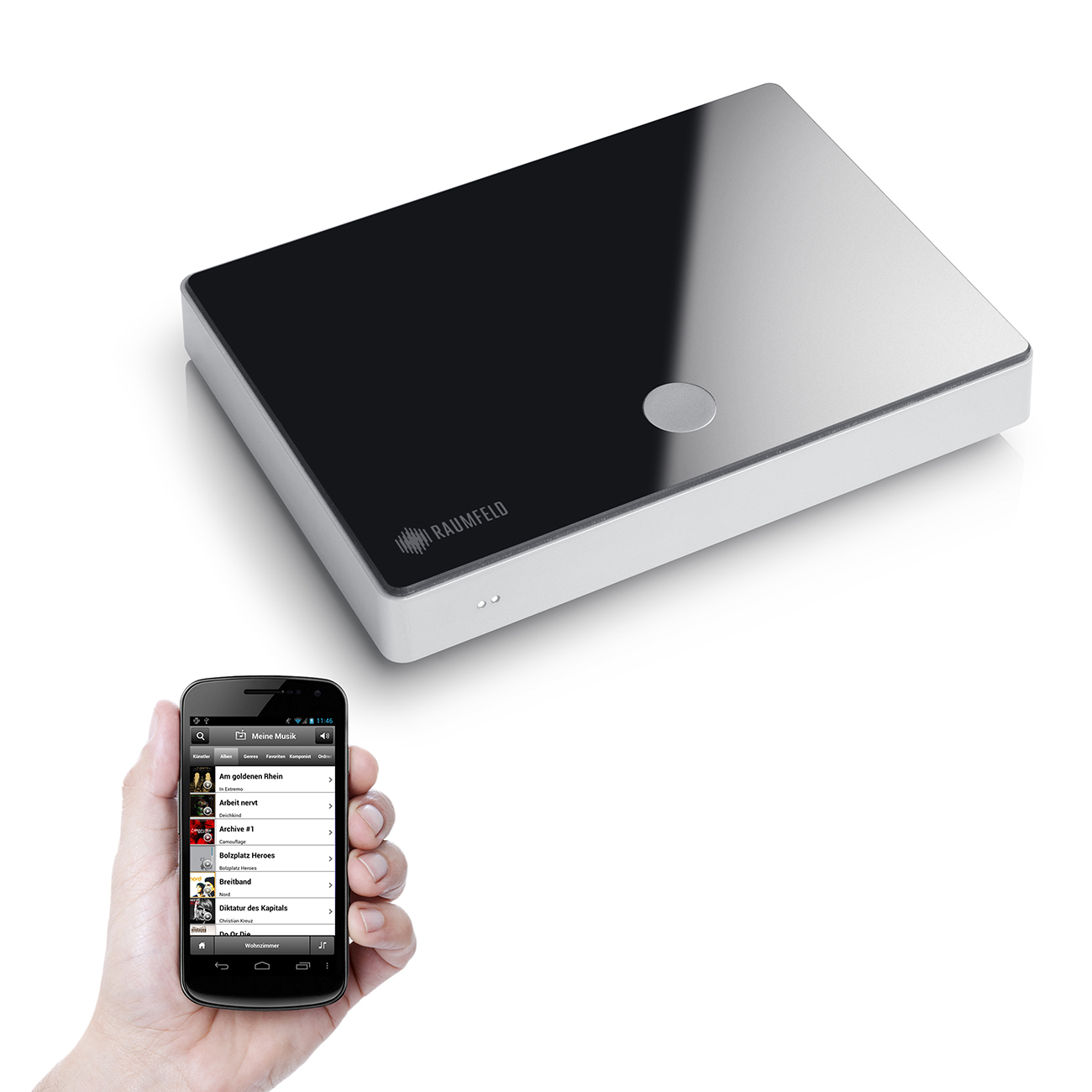
Coda: Sample rates are an important indicator of digital music quality
• Sample rates indicate how many samples of a continuous (analogue) signal were taken per second
• The Nyquist-Shannon sample theorem states that a sample rate must be twice the highest frequency contained in a recording in order for the full range of sound to be digitized
• CDs support a 44.1 kHz sample rate
• Digital audio files can have sample rates of 96 kHz and 192 kHz
• Bit depth describes the resolution of each sample, or how many pieces of information each sample contains
• High resolution audio has a bit depth greater than 16 bit
Title picture: ©mtmmonline Certain Rights Reserved Source: Pixabay
Picture #1: Paul Signac “Tartans with Flags”. Opus 240. 1893 [Public domain], via Wikimedia Commons
Picture #2: By Paolo Neo [Public domain], via Wikimedia Commons
Picture #3: Property of Teufel Audio
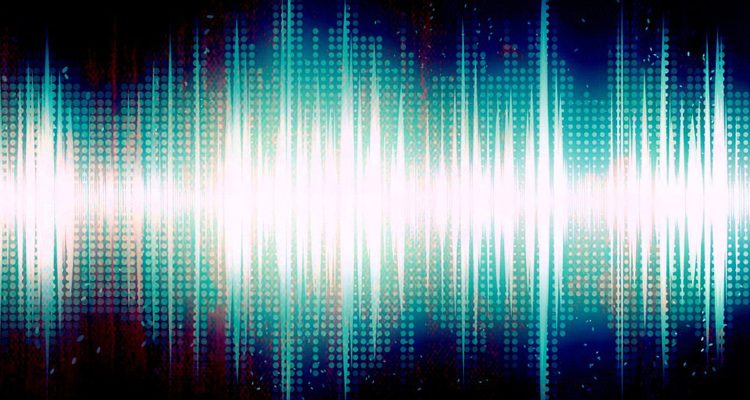
![Paul Signac [Public domain], via Wikimedia Commons](https://blog.teufelaudio.com/wp-content/uploads//2017/01/Signac_-_La_Calanque_edit.jpg)
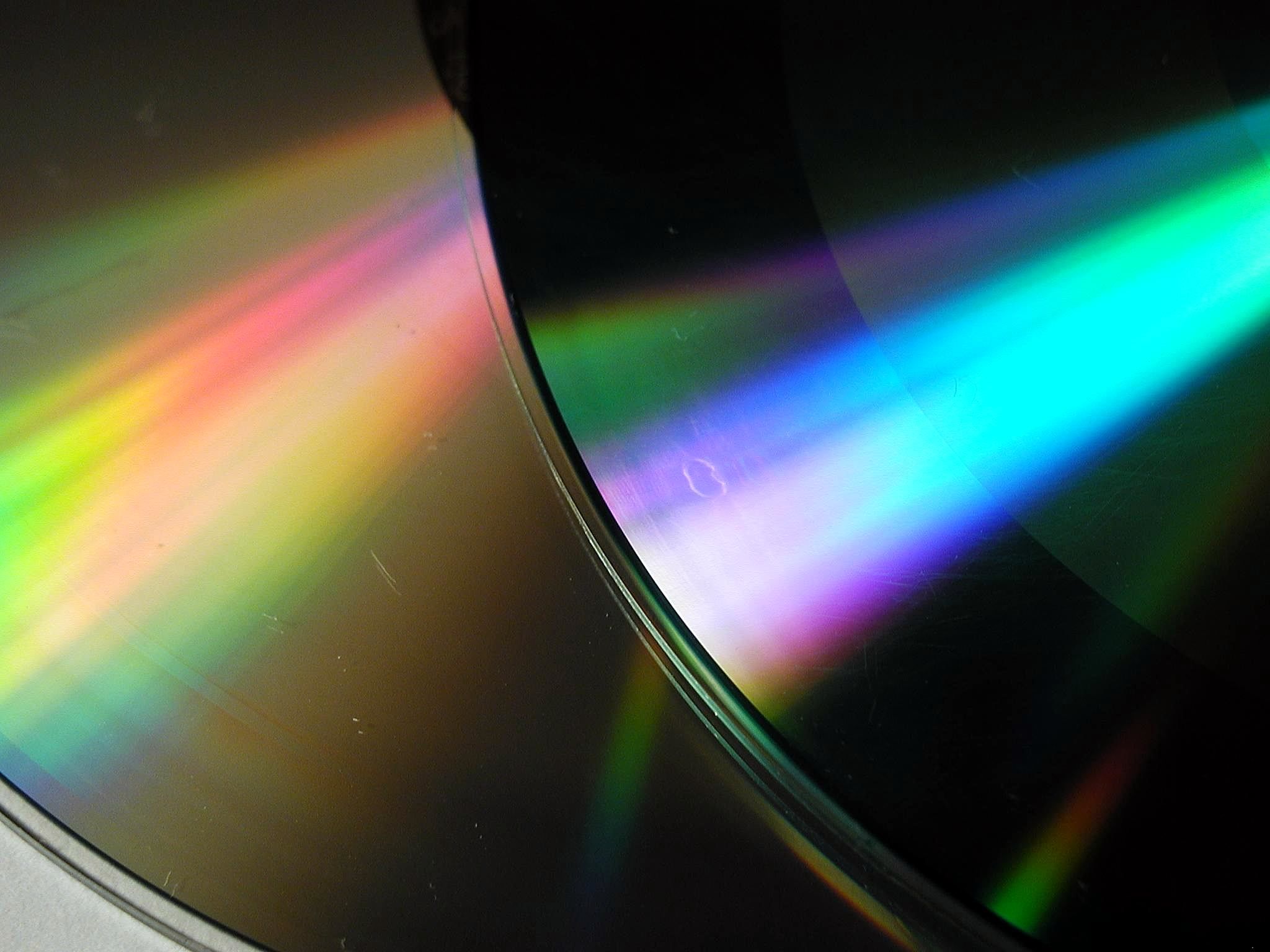
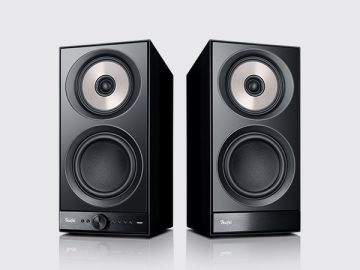
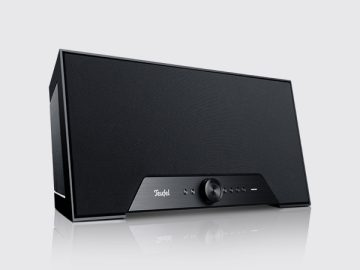
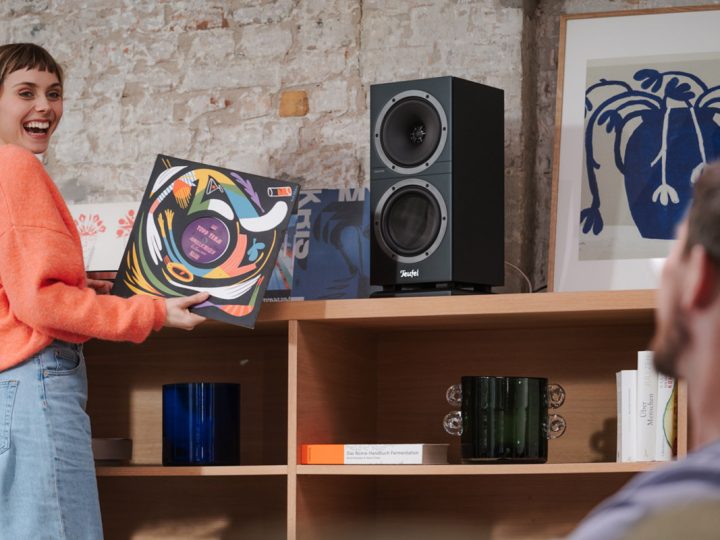
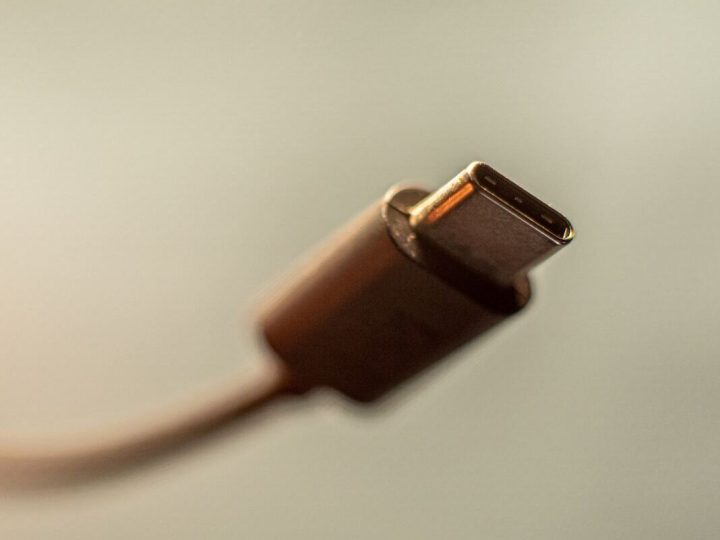
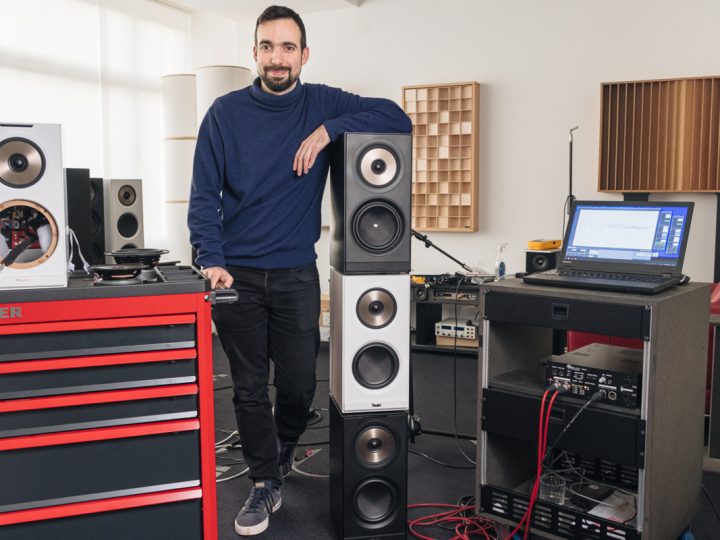
tamefox
23. Dec. 2017, 1:45
Hi there – you said “While 44.1 kHz may seem like an awfully random number, it was not randomly chosen. Instead, it follows from the Nyquist-Shannon Sample Theorem, a mathematical formula that describes the relationship between analogue and digital sound.”.
Really ? My understanding is that it came from the Sony U-Matic video tape format that Sony used/adapted to master music on – a bodge up using VT to store high quality audio masters. The frequency was a characteristic of the U-Matic video scan clock rate or something similar.
Anna Teufel
03. Jan. 2018, 10:41
Hello! Thanks for your comment. Yes, you are quite right that Sony were the first to use this sampling rate in the 1970s with PCM adaptors, which led to it becoming the de facto standard. The Nyquist-Shannon sampling theorem refers to the mathematical equation that was used to calculate this frequency, i.e. the number itself was not chosen by Sony at random – it follows technical reasoning outlined by this formula.
Comments are closed.